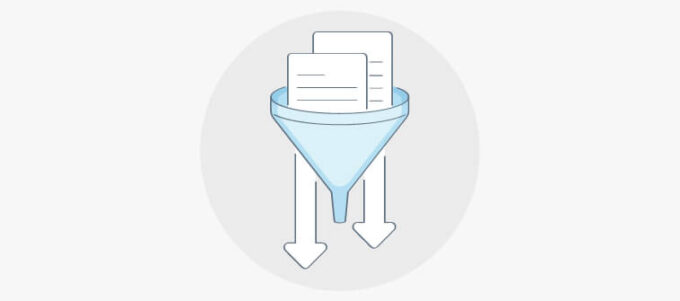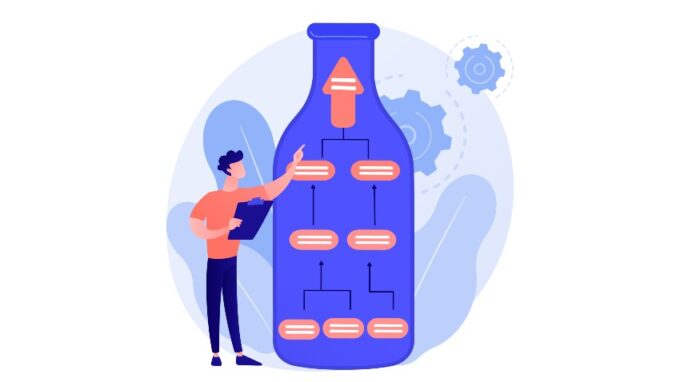Efficient project pipeline management is essential for businesses to stay competitive in today’s fast-paced market. With the increasing complexity of projects and the need for seamless coordination among team members, organizations are turning to advanced project management solutions.
In this article, we’ll explore the importance of mastering project pipelines and how tools like Jira PPM can streamline workflow processes, eliminate backlog, and ensure projects are delivered on time and within budget.
What Is Project Pipeline Management?

Project pipeline management involves overseeing the flow of projects from initiation to completion, ensuring smooth progression through various stages. It encompasses tasks such as project planning, resource allocation, scheduling, and tracking progress.
Effective pipeline management requires a deep understanding of project dependencies, potential bottlenecks, and the ability to prioritize tasks to optimize workflow efficiency.
One of the primary challenges of project pipeline management is managing backlog effectively. Backlog refers to a list of pending tasks or projects that still need to be addressed.
It can accumulate due to various reasons, such as resource constraints, changing priorities, or unforeseen delays. When left unmanaged, backlogs can lead to project delays, decreased productivity, and reduced profitability.
To address backlogs and ensure project pipeline mastery, organizations need robust project management strategies and tools. PPM apps offer comprehensive project management capabilities, including task tracking, resource management, and real-time reporting.
By centralizing project data and providing visibility into project status, PPM apps empower teams to identify bottlenecks, allocate resources efficiently, and keep projects on track.
How Can You Identify Bottlenecks and Backlogs?
Identifying bottlenecks and backlogs is crucial for effective project pipeline management. Bottlenecks are points in the workflow where the flow of work is hindered, leading to delays and inefficiencies.
Common signs of bottlenecks include task dependencies, resource constraints, and process inefficiencies. Organizations can pinpoint bottlenecks and take proactive measures to address them when conducting regular workflow process assessments and analyzing project data.
Backlog refers to a buildup of unfinished tasks or projects awaiting completion. It can accumulate due to various factors, such as shifting priorities, resource shortages, or unforeseen challenges. Organizations must regularly review and prioritize backlog items to prevent them from negatively impacting project timelines.
Strategies for Improving Pipeline Flow

Improving pipeline flow is essential for maintaining project efficiency and delivering timely results. Organizations can employ various strategies to enhance pipeline flow, including streamlining workflow processes, prioritizing tasks, and implementing agile methodologies.
Organizations can ensure a smooth progression of projects through the pipeline by identifying and addressing bottlenecks, optimizing resource allocation, and fostering collaboration among team members.
Streamlining workflow processes also simplifies and standardizes project management procedures to minimize delays and reduce inefficiencies. Prioritizing tasks enables organizations to focus on high-priority items and allocate resources accordingly, ensuring that critical projects are completed on time.
Agile methodologies, such as Scrum or Kanban, promote iterative development and continuous improvement, allowing teams to adapt to changing requirements and deliver value more efficiently. Additionally, automation tools can help automate repetitive tasks, freeing up valuable time for team members to focus on more strategic initiatives.
What Are the Best Practices for Project Pipeline Mastery?

Achieving project pipeline mastery requires adherence to best practices that promote efficiency and effectiveness. Some of the best practices for project pipeline mastery are as follows.
Clear Communication Channels
Establishing clear communication channels is essential for effective project pipeline management. Ensure team members are informed about project goals, timelines, and expectations. Encourage open communication to address any issues or concerns promptly.
Realistic Goal Setting
Set realistic goals and expectations for each project to avoid overcommitment and burnout. Break down larger projects into smaller, achievable tasks and prioritize them based on importance and urgency.
Collaboration and Accountability
Foster a culture of collaboration and accountability within your team. Encourage teamwork, delegate tasks appropriately, and hold team members accountable for their responsibilities. Regular check-ins and progress updates help keep everyone on track.
Monitor Pipeline Performance Metrics
Continuously monitor pipeline performance metrics to identify areas for improvement and track progress. Key metrics include project completion rates, cycle times, and resource utilization. Use this data to make informed decisions and optimize workflow processes.
Mastering Project Pipelines for Success

Mastering project pipeline management is essential for organizations to remain competitive and deliver projects efficiently. By identifying bottlenecks, managing backlog effectively, and implementing helpful tools, businesses can streamline workflow processes and ensure project success.
Leveraging Technology for Enhanced Pipeline Management
Integrating advanced technology into project pipeline management is crucial for enhancing efficiency and accuracy. Tools like AI and machine learning can predict potential delays and suggest optimal paths for project completion.
Cloud-based platforms facilitate real-time collaboration and ensure that all team members have access to the latest project updates and documents. By leveraging technology, organizations can automate mundane tasks, optimize scheduling, and improve overall project visibility.
Risk Management and Mitigation
Effective risk management is vital for maintaining a smooth project pipeline. Organizations should develop a proactive approach to identify potential risks early in the project lifecycle. This includes conducting regular risk assessments and establishing contingency plans.
By understanding and preparing for potential disruptions, teams can quickly adapt and maintain progress, minimizing the impact on the overall pipeline. Training team members on risk identification and mitigation techniques also plays a crucial role in this process.
Continuous Improvement and Feedback Loops
Establishing a culture of continuous improvement is key to mastering project pipelines. This involves regular retrospectives and feedback sessions where teams can discuss what worked well and what could be improved.
Encouraging a feedback-oriented culture helps in fine-tuning processes and methodologies over time. Additionally, applying lessons learned from past projects ensures that the same mistakes are not repeated, thereby enhancing future project execution and success.
Enhancing Team Skills and Expertise
To ensure the efficiency of project pipeline management, it is imperative to focus on enhancing the skills and expertise of the project team. Investing in regular training and professional development opportunities can equip team members with the latest project management techniques and technologies.
Specialized training in areas such as Agile methodologies, risk management, and advanced software tools can significantly boost the team’s productivity and capability to handle complex projects. Additionally, fostering a learning environment encourages innovation and helps team members stay adaptable and responsive to changes in project demands.











